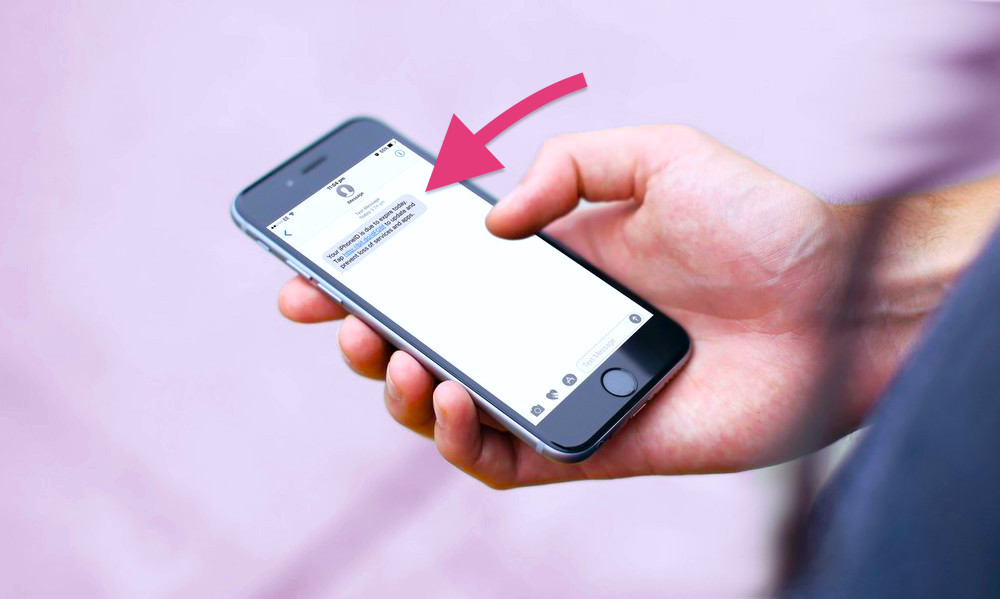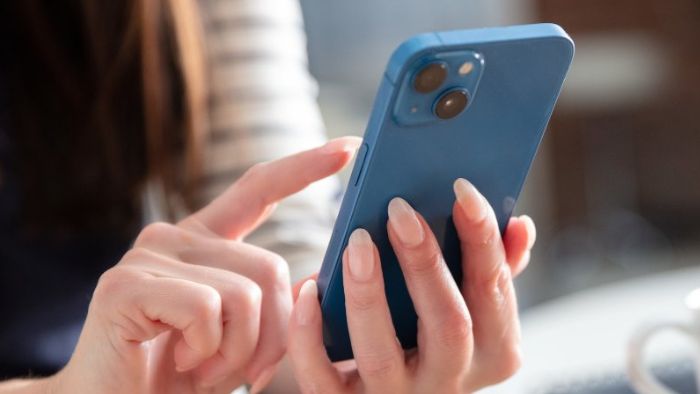As iPhone users are increasingly targeted by cyber attackers, understanding the cyberattack threat is crucial. This article delves into the sophisticated phishing techniques that specifically target Apple IDs, putting users at risk of identity theft and data breaches. Additionally, it emphasizes the critical role of two-factor authentication in enhancing security measures to safeguard against these threats effectively. Familiarizing yourself with these risks and protective measures is essential in ensuring a safe digital experience for iPhone users in today’s interconnected world.

Enabling Two-Factor Authentication
In the realm of the iPhone cyberattack threat, fortifying your device’s security is paramount. Two-Factor Authentication (2FA) serves as a crucial layer of defense against potential breaches. By enabling 2FA, you add an additional shield that requires more than just a password to access your device, safeguarding your sensitive data.
To initiate Two-Factor Authentication on your iPhone, navigate through Settings to [Your Name] > Sign In & Security. Engage the Two-Factor Authentication option and input a trusted phone number for receiving the unique verification codes. This proactive step enhances your device’s resilience against phishing techniques and unauthorized access attempts.

Precautions Against Phishing
When facing the iPhone cyberattack threat, vigilance is paramount. Avoid clicking on any suspicious links within messages purportedly from Apple. Phishing perpetrators often lure users with enticing offers or alarming messages to compromise security.
Verification of message authenticity is crucial. Ensure to validate messages through official Apple channels, like the website or trusted apps, to safeguard against potential phishing attacks targeting iPhone users. Staying cautious and verifying sources is key in maintaining a secure online environment.
